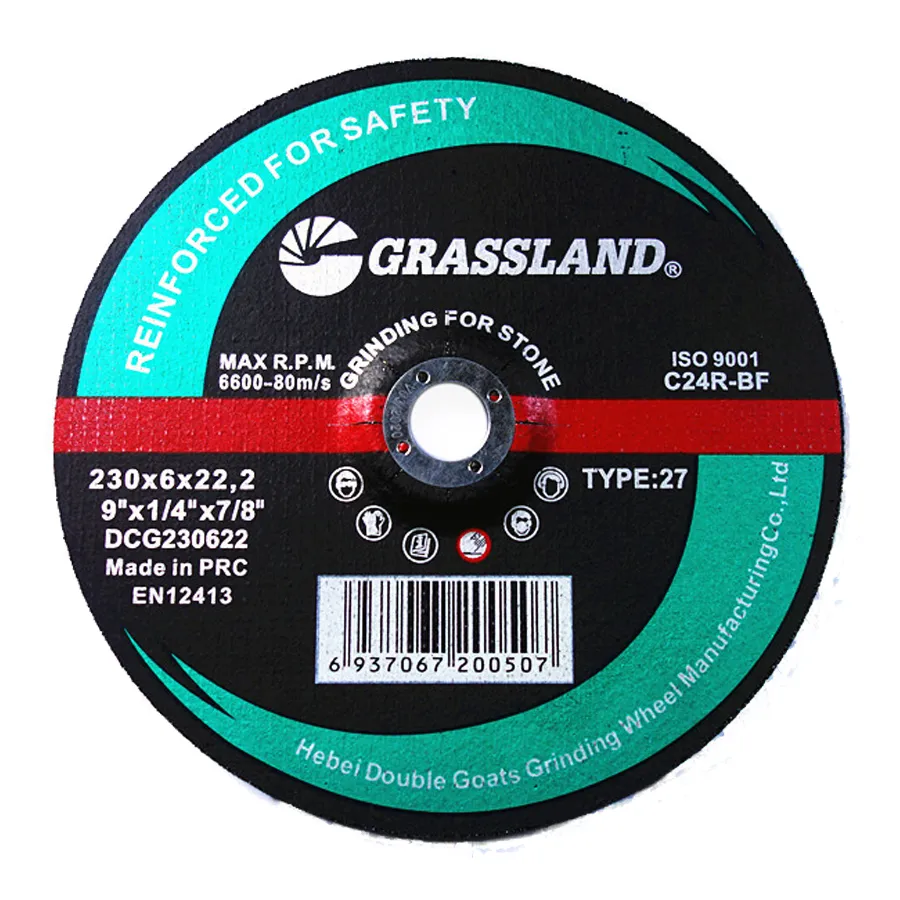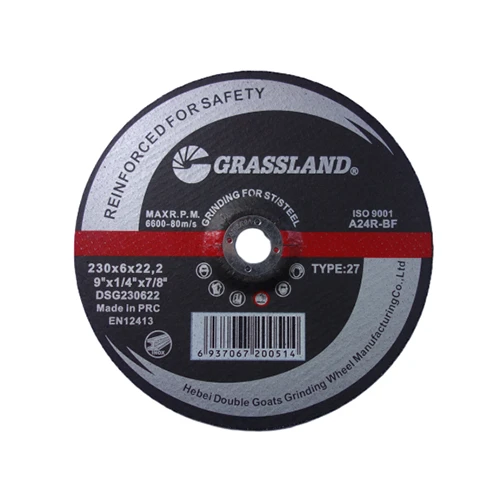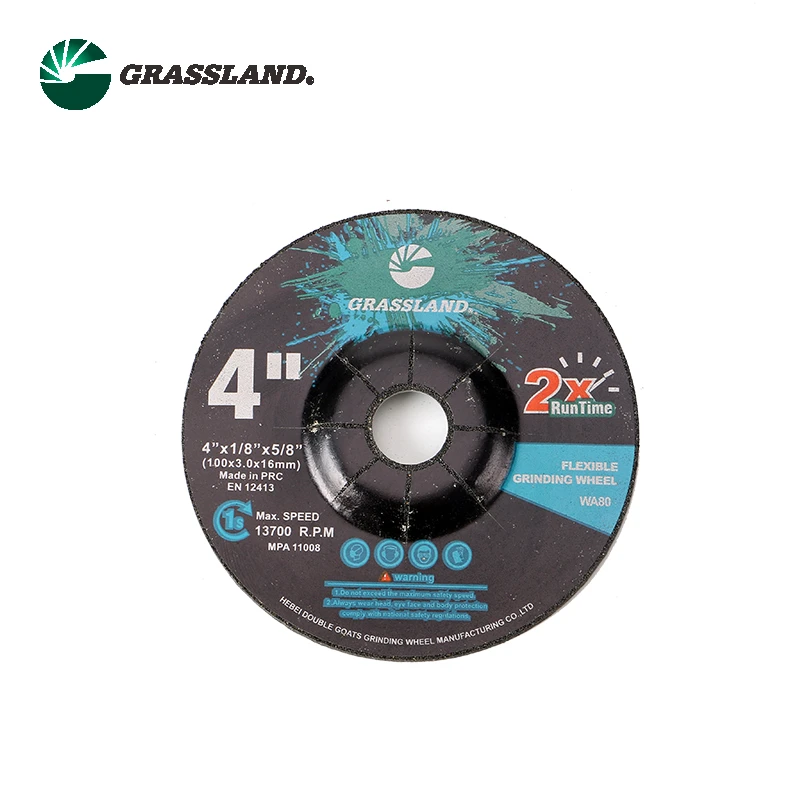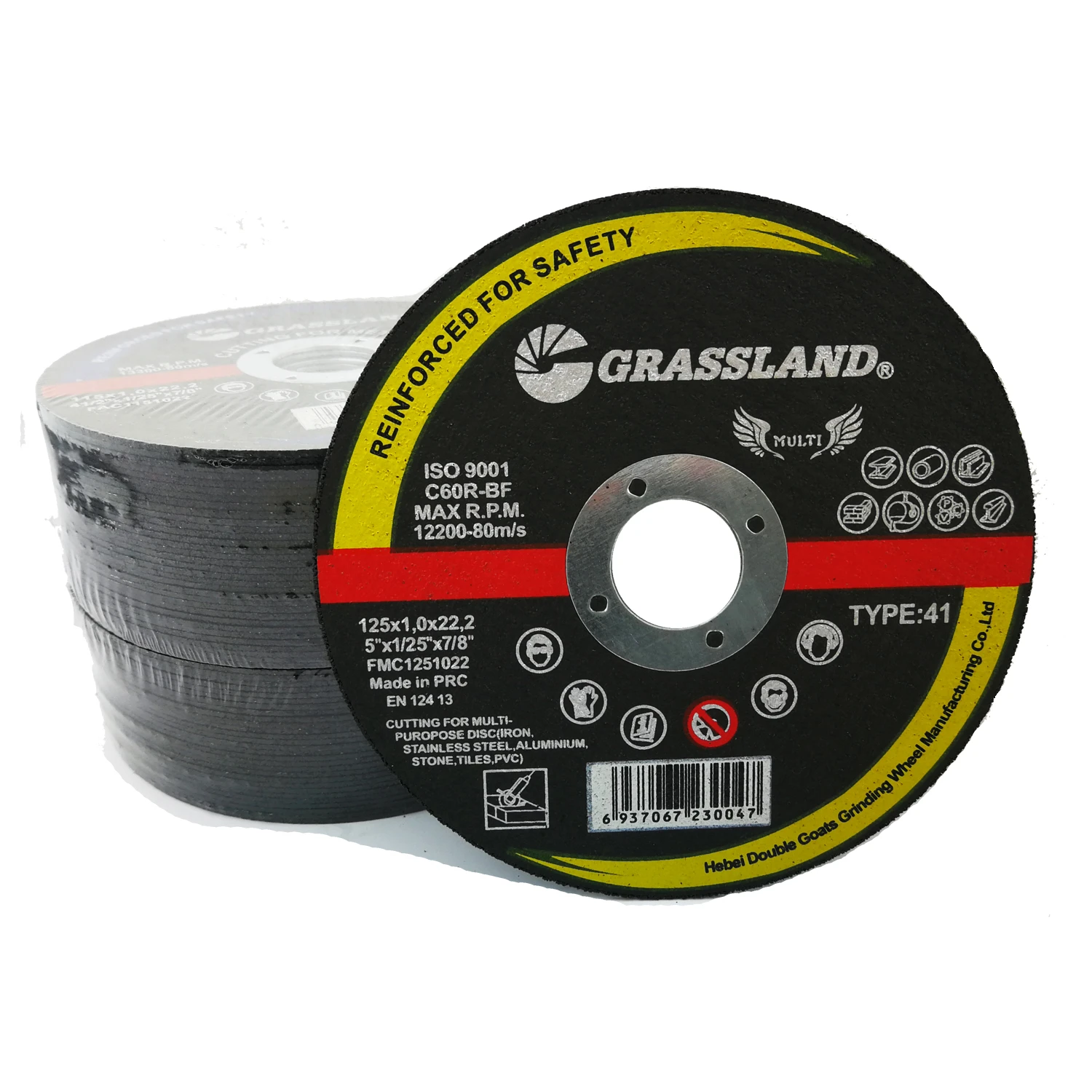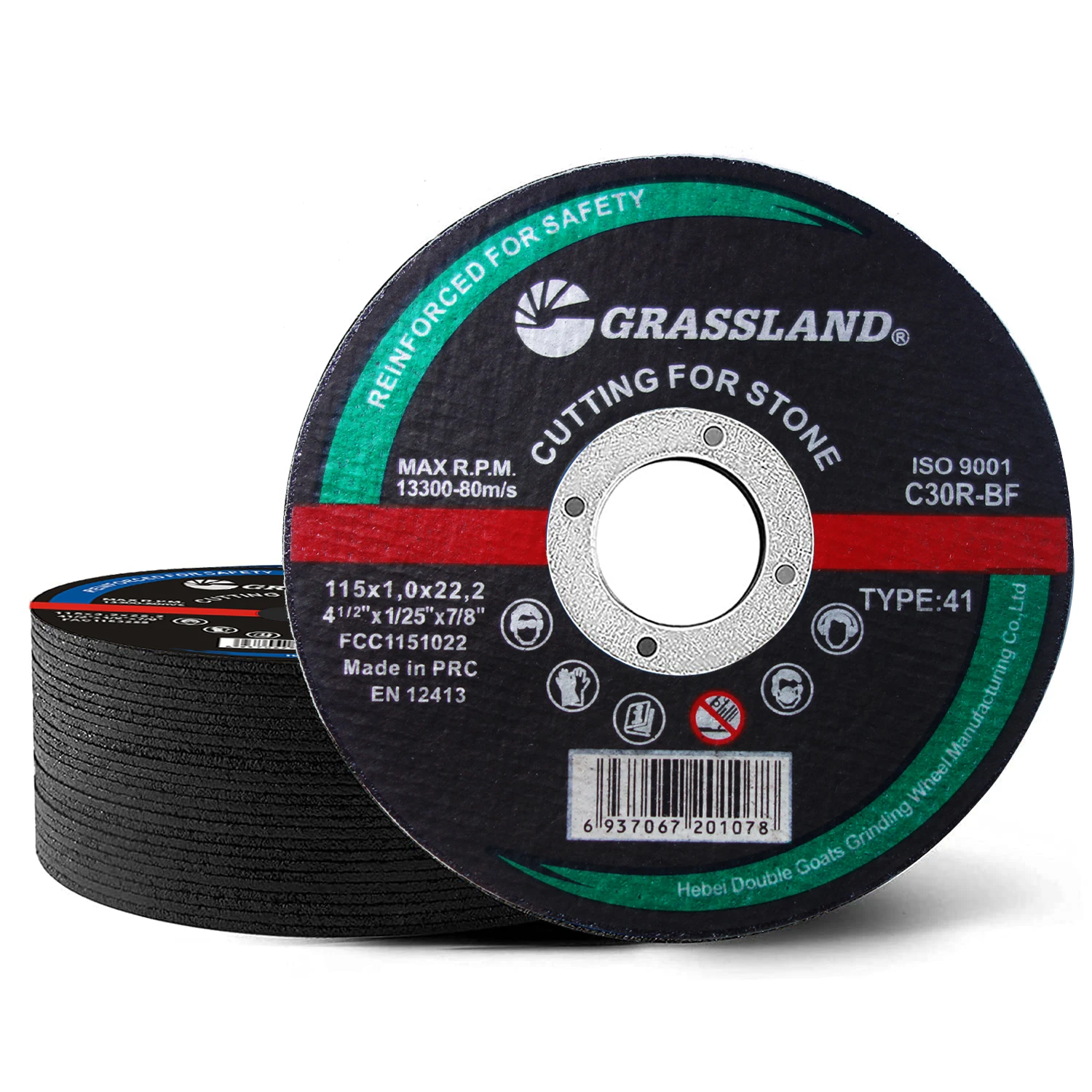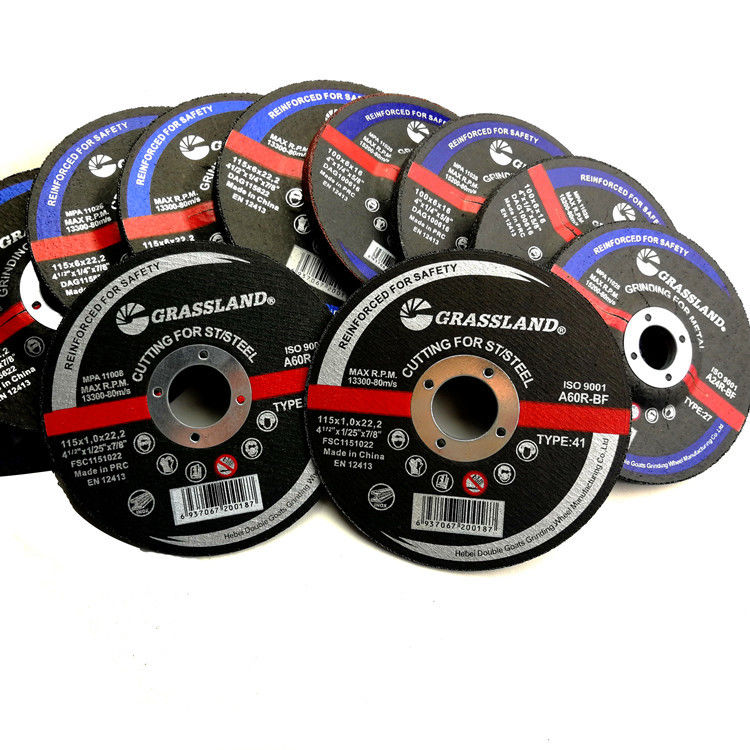Types of Grinding A Comprehensive Overview
Grinding is a crucial machining process employed in various industries to shape, finish, and refine metal and other materials. Understanding the different types of grinding techniques is essential for achieving the desired precision and surface quality in manufactured components. This article will explore the primary types of grinding, their applications, and the methods used to facilitate these processes.
1. Surface Grinding
Surface grinding is one of the most common forms of grinding used to produce flat surfaces. In this process, a rotating wheel covered with rough particles is moved across the workpiece, removing thin layers of material to achieve a smooth finish. Surface grinders are equipped with a workbench that can be adjusted vertically and horizontally, allowing for precision in the grinding process.
Surface grinding is widely used in manufacturing settings to provide a flat finish on parts such as plates, blocks, and various components. It is particularly useful for applications requiring high precision and tight tolerances, making it indispensable in industries like automotive, aerospace, and tool production.
2. Cylindrical Grinding
Cylindrical grinding involves the grinding of cylindrical surfaces and is a vital method in the fabrication of shafts, pins, and rods. The workpiece is rotated while the grinding wheel moves linearly along its length. This method can produce external and internal cylindrical surfaces, ensuring a high level of accuracy in diameter and finish.
There are various types of cylindrical grinding, including external, internal, and centerless grinding. Centerless grinding, in particular, eliminates the need for fixtures to hold the workpiece in place, allowing for continuous feeding of materials which increases efficiency and productivity.
3. Centerless Grinding
Centerless grinding is a specialized process where the workpiece is supported by a blade and ground without the use of centers. This type of grinding is particularly beneficial for small to medium-sized workpieces, allowing for high production rates and the capacity to produce complex shapes. The absence of a fixture means that workpieces can be fed automatically, enhancing the overall efficiency of the grinding operation.
Industries that commonly utilize centerless grinding include automotive and medical device manufacturing, where precision and repeatability are paramount
.types of grinding
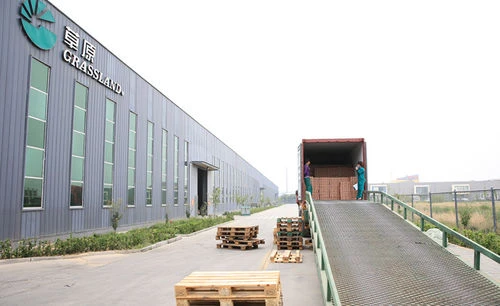
4. Internal Grinding
Internal grinding is used to grind the inner surfaces of a workpiece. This process utilizes a small grinding wheel that rotates on its axis, grinding the inside diameter of holes in parts. Internal grinding can achieve extremely fine finishes and precise dimensions, making it ideal for components like cylinders, bushings, and sleeves.
5. Bench Grinding
Bench grinding is a less complex but widely used method for sharpening tools and performing light grinding tasks. It involves a stationary grinder with two grinding wheels mounted on either side. Bench grinders are typically employed in workshops for tasks such as tool maintenance, deburring, and removing sharp edges from metal parts.
6. Tool and Cutter Grinding
Tool and cutter grinding involves the grinding of tools used in machining processes. This type of grinding is essential for the maintenance of various cutting tools, such as drills, end mills, and reamers. By reshaping and sharpening these tools, manufacturers can extend their lifespan and maintain performance, ensuring efficient machining tasks.
7. Disc Grinding
Disc grinding is a highly efficient process that utilizes a disc-shaped grinding wheel. It is most suitable for operations requiring high material removal rates and can produce both flat and contoured surfaces. This type of grinding is often used in the processing of glass, ceramics, and metals, demonstrating its versatility across different materials.
Conclusion
Grinding is an integral part of modern manufacturing, encompassing a range of techniques tailored to specific applications and materials. Each type of grinding—whether surface, cylindrical, centerless, internal, bench, tool and cutter, or disc—offers unique advantages that fulfill various industrial requirements. As technology advances, the techniques and machinery designed for grinding continue to evolve, driving improvements in efficiency, precision, and quality in the manufacturing process. Understanding the different types of grinding is essential for engineers and machinists to make informed decisions that meet production goals and uphold industry standards.
Post time:Dec - 11 - 2024







